What makes us stronger: viruses beneficial to humans (11 photos)
Viruses bring with them not only disease and death, but also evolution. Some of them have become part of our DNA, while others kill bacteria in our body. 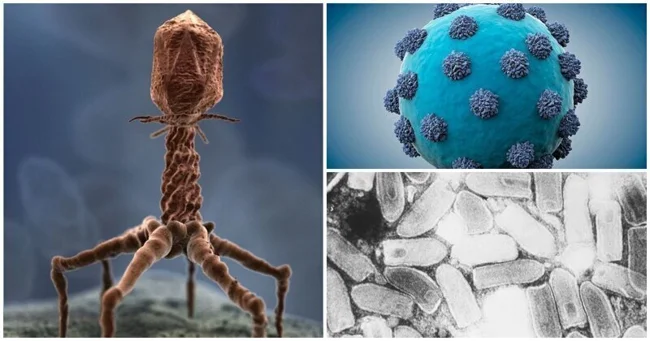
“After all, all animals on planet Earth instinctively adapt, find balance with their environment, but... humans are not like that. Having occupied some area, you multiply until all natural resources are exhausted. To survive, you have to capture more and more new ones territory. There is one organism on Earth with a similar habit. Do you know what it is? - Agent Smith’s monologue from The Matrix.
One can argue about habits, but it is difficult to dispute the fact that people and viruses have a lot in common. Without them, humanity would hardly exist at all.
It is clear that when the word “virus” is heard, deserted streets, economic collapse, a terrible disease and an equally pleasant death immediately appear in the average person’s imagination.
But in fact, viruses do not always infect and kill. Moreover, some of them, although dangerous, have become part of us, woven into our DNA, made us stronger and save us, no matter how paradoxical it may sound, from diseases.
Here are a few viruses that protect our health.
Bacteriophages 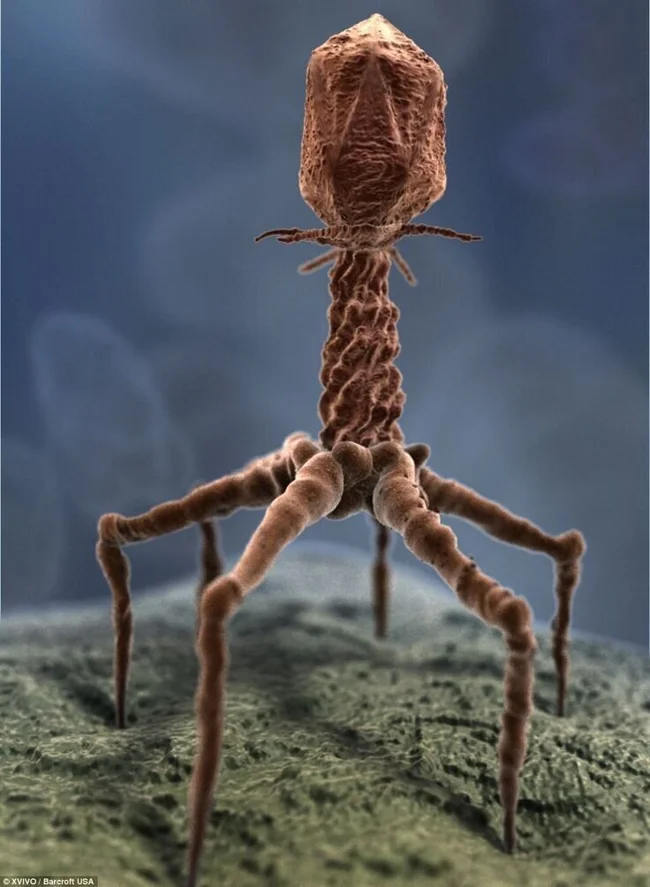
Bacteriophages (bacteria eaters) are perhaps one of the most useful viruses for humans. They live in the mucous membranes of the human body and “hunt” for harmful bacteria there. Phages attach to bacteria and inject their nucleic acid into it, programming it to produce new phages. 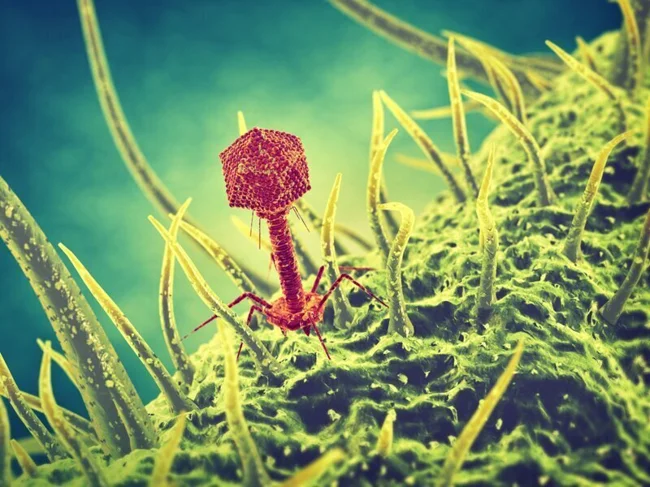
In 2013, an experiment was conducted that showed that placed in the same culture with the bacterium E. coli (Escherichia coli), a miniature bacteriophage was able to kill this giant.
The most interesting thing is that bacteriophages are not at all interested in human cells. And therefore they are successfully used to treat various bacterial infections.
GB virus C 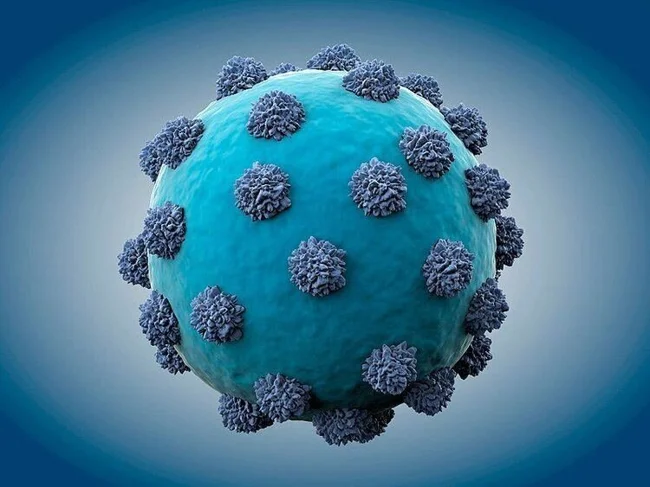
While the previous “parasite” has been more or less studied by scientists, the GB virus-C virus is currently only being studied. It is also known as GBV-C (aka hepatitis G). More than a billion people on Earth are already infected with this hepatitis, but do not even know it.
Several experiments have already shown that when a person with HIV is also infected with GBV-C, the progression of HIV in the body can slow down. Some scientists believe that hepatitis G may help a person survive infection with Ebola hemorrhagic fever, but so far there is little data on this.
Arc protein (colored pink) 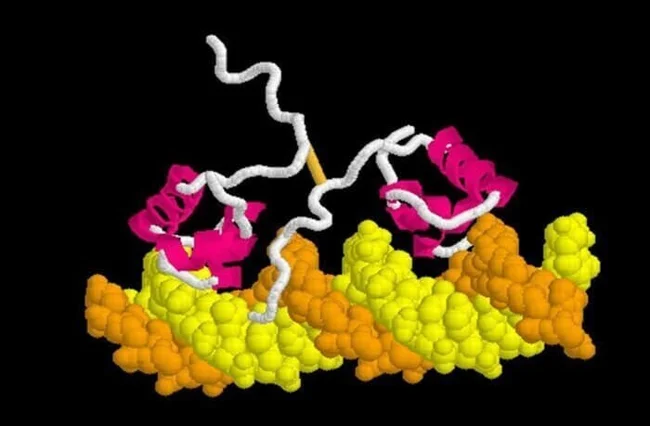
At the beginning of life, every person has a so-called “window of time” when the brain, like a sponge, absorbs new knowledge and skills. And this very window without the Arc protein (also called the memory protein) will never open.
According to research by American scientists, Arc looks and acts just like a viral protein. It transfers genetic material from neuron to neuron, in the same way that viruses work to infect host cells.
Scientists introduced Arc into bacterial cells. And when the cells produced this protein, it assembled into a form resembling a capsid - a shell that contains the genetic information of the virus. 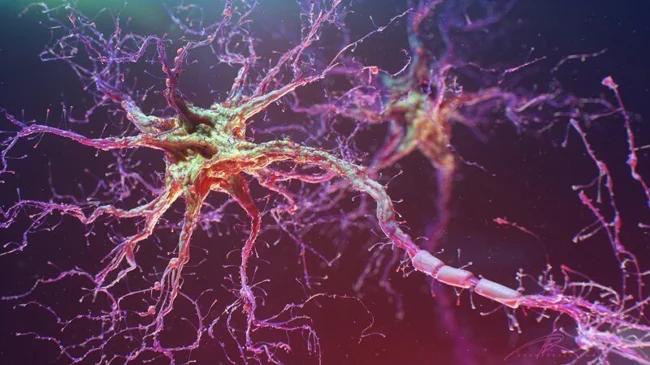
Researchers have an assumption that Arc once entered the human genome along with some kind of virus. The virus “fell asleep”, integrated into the genome, and the cells, in turn, began to use its viral proteins for their own purposes.
If it is discovered that virus-like proteins may provide the basis for a new form of communication between cells in the brain, it will significantly change the understanding of how memories are created.
VSV (stomatitis virus) 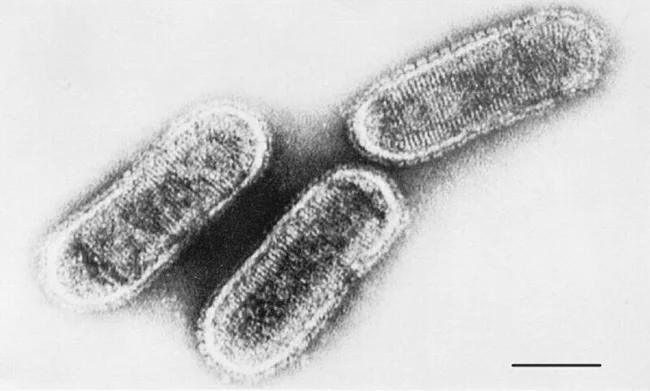
Not only people suffer from stomatitis. Is there something called vesicular stomatitis virus (VSV)? which is also common in horses, but can be transmitted to other animals and people as well.
But the most it can cause in a person is flu-like symptoms and blisters in the mouth. 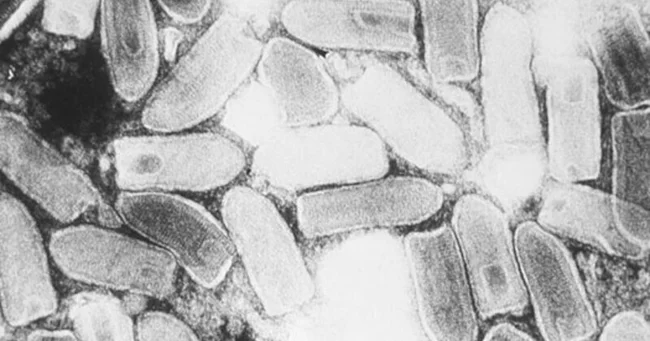
But scientists were able to use this virus for the benefit of humans. Genetically modified VSV is used in modern therapy for liver cancer. This method was developed by American scientists from the University of Miami together with Canadian colleagues from the Research Institute at the Ottawa Clinical Hospital.
The essence of the method is that some modified viruses, VSV among them, are able to reproduce only in cancer cells that have lost antiviral protection. This innovative therapy is currently being tested in humans.
Noroviruses 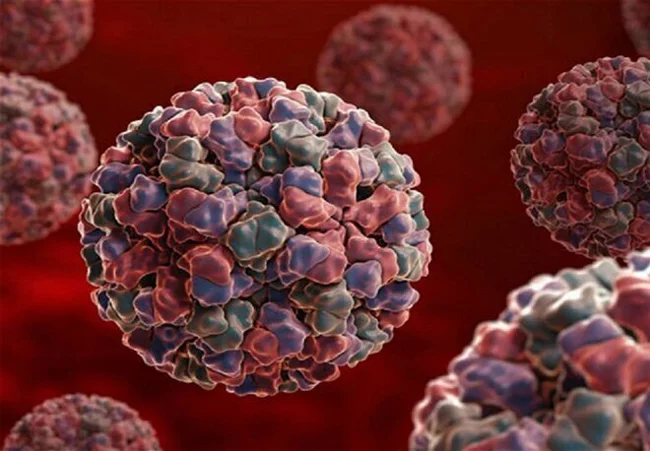
Noroviruses are pathogenic microorganisms that cause vomiting, diarrhea and cold symptoms. This virus affects not only people, but also, for example, laboratory rats - the virus easily mows down entire colonies of rodents.
But some strains of norovirus turned out to be beneficial for mice, which, however, grew up in a sterile environment. These rodents lacked T and B cells, which harmed their intestines and immune system. But when norovirus was added to the mice, their intestinal tissue was restored and their immune defenses increased.
It is possible that very soon people will be given certain strains of noroviruses, which will help treat gastrointestinal diseases.
Retroviruses 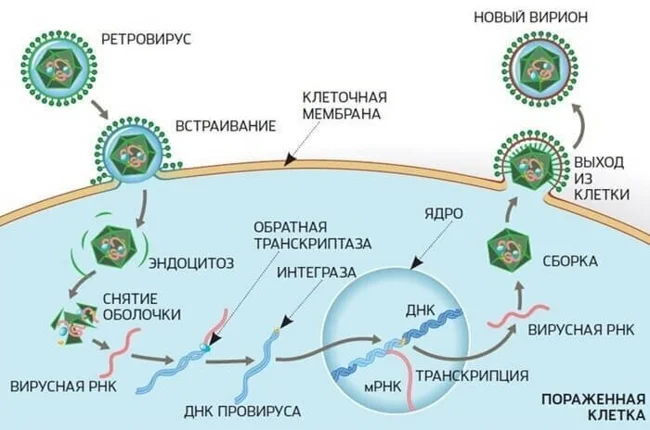
According to some scientists, it was “endogenous retroviruses” that led mammals to viviparity. These ancient viruses appeared in our ancestors and caused a mutation in the genetic code, which is why mammals developed a placenta and the ability to give birth to viviparity, which was a real evolutionary breakthrough.
It is with the extension of intrauterine development that scientists associate the most important changes that occurred in mammals about 60 million years ago - their brain size increased and mental abilities gradually developed. 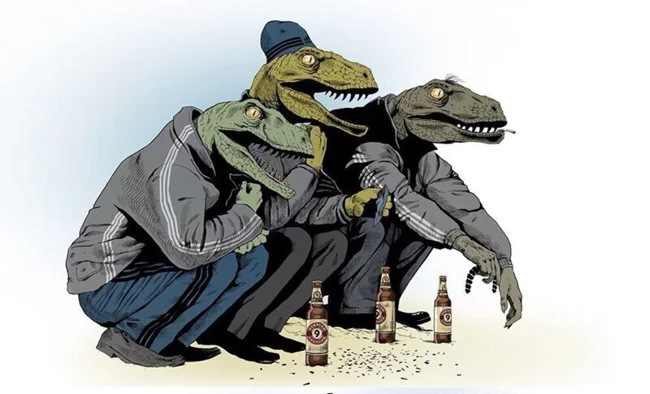
So it goes. If it weren't for retroviruses, women would still lay eggs that would hatch into unevolved lizard imbeciles.
But seriously, many viruses will soon become our allies. Bacteriophages have already become them - even Rostec is engaged in research, intending to use them in the treatment of certain diseases.
